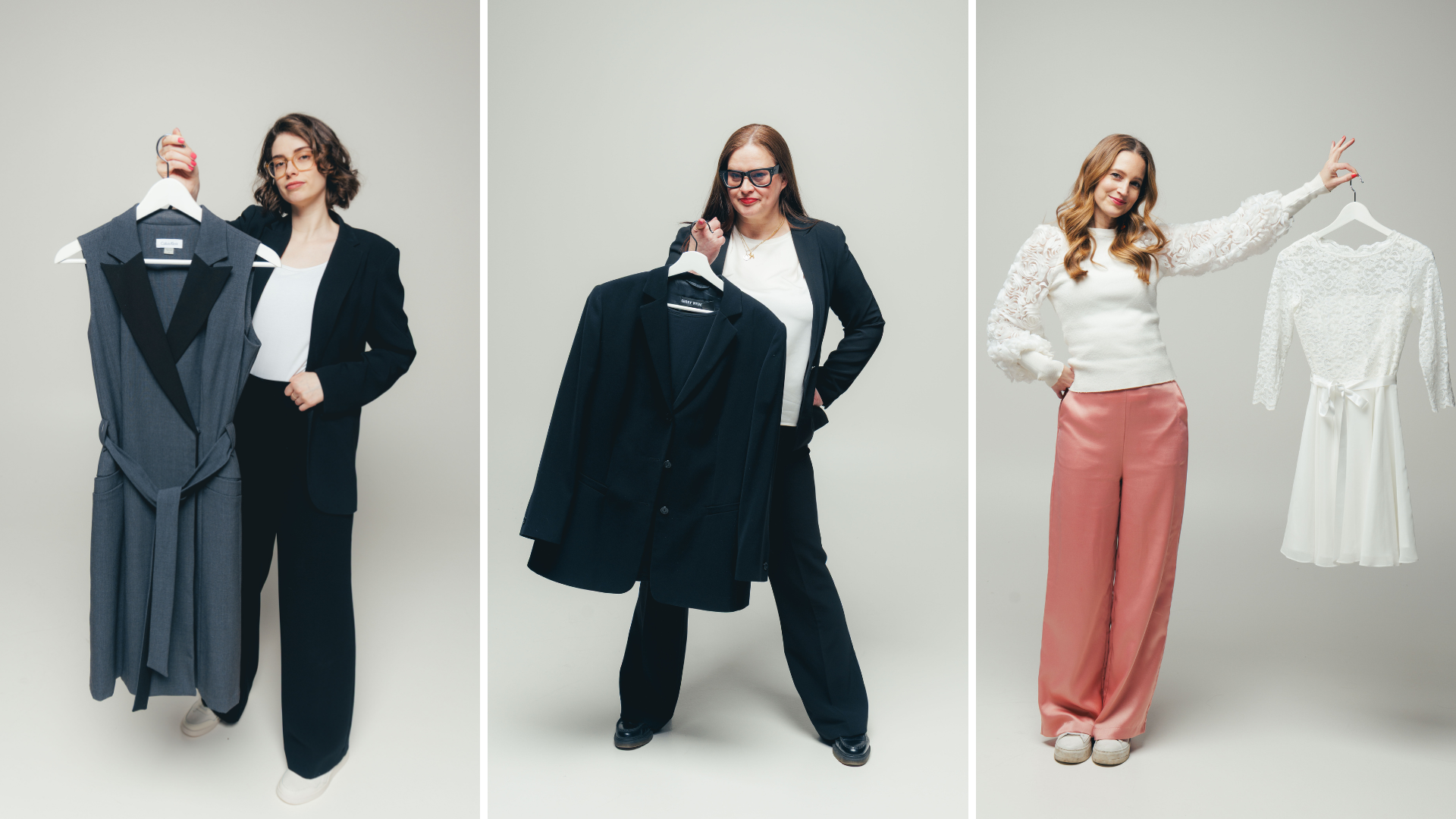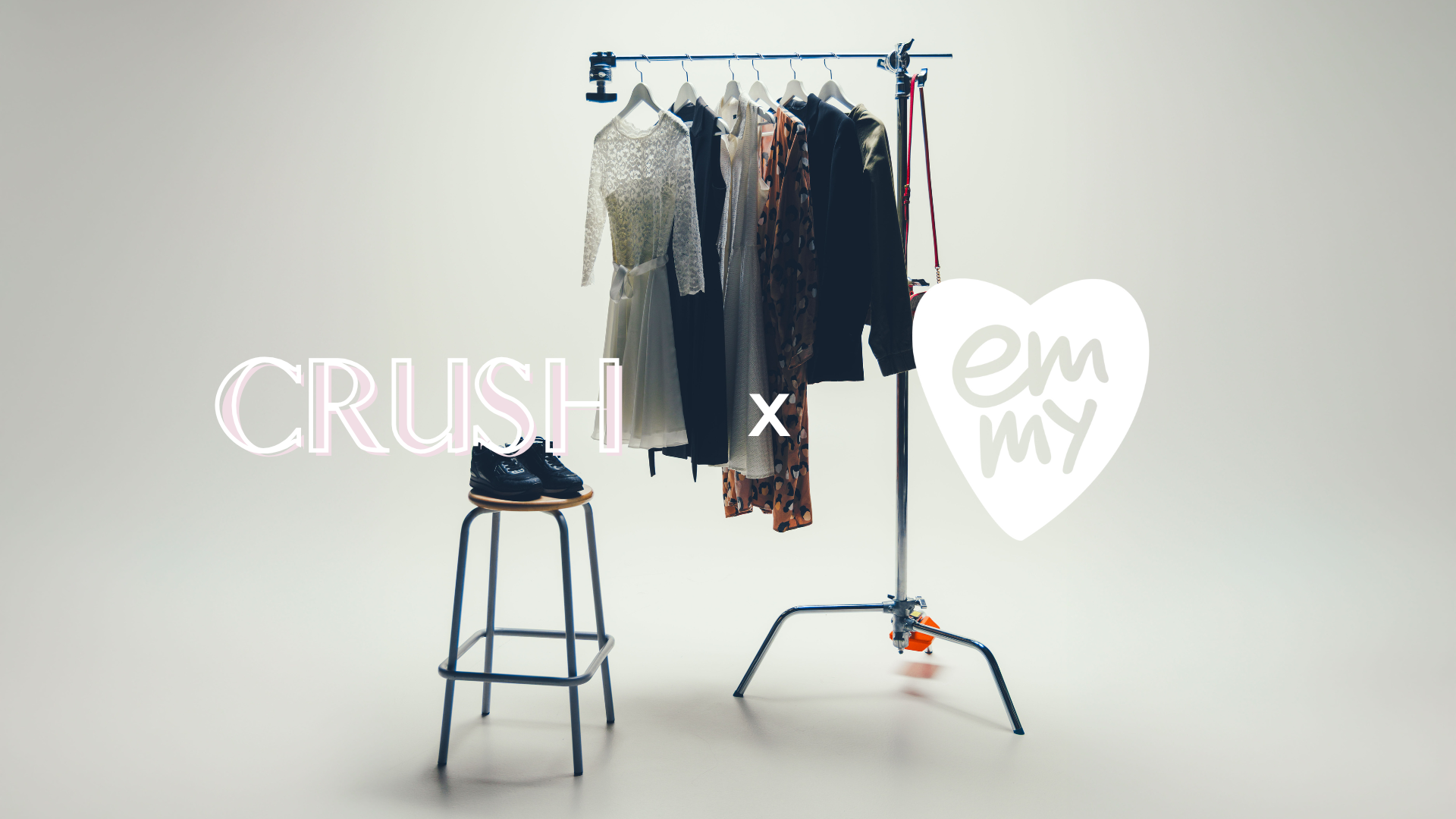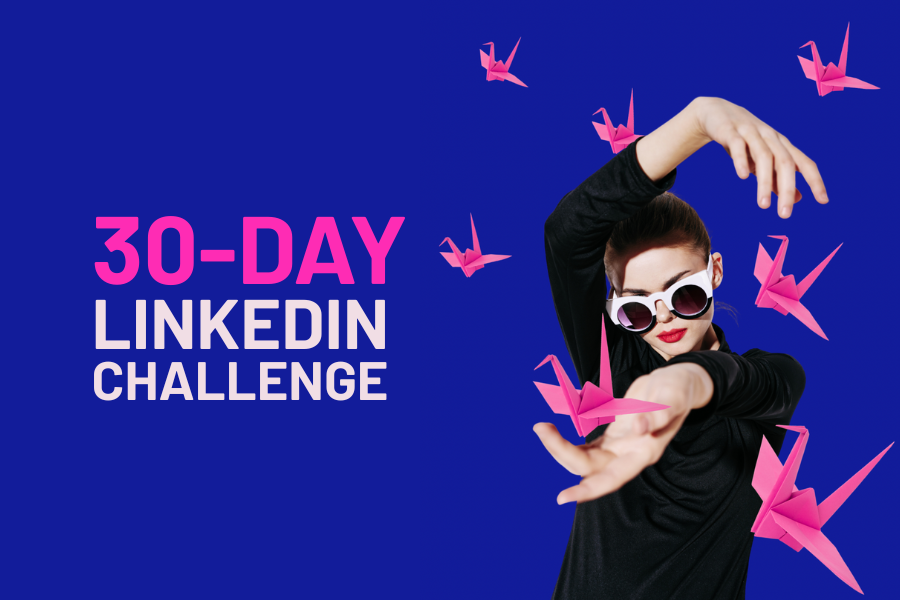

It's easy to do great marketing campaigns when you have resources, like people and a budget.
But times are tough. And I promised you: real stories.
So here it is.
This is the most vulnerable I've ever been talking about marketing.
It's easy to tell great stories of success, when you tried 50 things, and then ONE thing was a huge success.
Like the time Tom Cruise showed a product from my store on the Oprah Show. Nobody wants to hear how much work it took to get that "lucky" break. People don't want to hear the the real story, it's easier to think it was just luck.
It's also easy to tell "from zero to success" stories AFTER you have achieved success.
For example, it took me ten years to start a company, and finally get my career back on track after a fortunate case of falling in love and starting a family. Nobody thought my story was inspiring at year five.
The most difficult time to tell stories is in real time.
That's why most marketers curate stories, instead of documenting them.
When you document in real time, it gives people the opportunity to judge you, or even affect your outcome. And it's not always good.
Documenting is really hard.
But when you document, you are inviting people to join in the ride.
Here is your free ticket to join mine.
Or, more accurately, strap your boots; this is more like an uphill hike.
The year 2025 started with harsh news for Crush Movement, a project I have been building and bootstrapping since 2022.
Our annual business event was in jeopardy.
There were good news too.
I won't sugarcoat it.
I still felt alone. No consulting clients and no income. A loved one in a hospital.
A good moment to quit, cancel the event, and move on.
Why? Women's rights and DEI topics are not having a moment, and Crush with our message of equality in business is needed more than before.
Now is not the time to quit. Now is THE TIME to take action.
January was intense, and somehow February lasted only a few days.
When you ask for help, people step up. In two months I started turning things around.
I quickly started executing a new business model for Crush that includes training courses.
But more sponsors are still needed. And the production budget isn't getting much smaller either.
And the thought persisted:
"I will sell the shirt off my back."
Which of course, means "doing and giving your anything".
But after sitting with this thought for a while, I thought: what if I will literally sell the shirt off my back?
What if we all donate a piece and sell them? Would our community say "yes"?
I met with Sienna Kruk, the CEO of Emmy Clothing Company, the leading Nordic marketplace for pre-owned premium clothing, and she had had similar thoughts. They had tested clothing drives for fundraising before at Emmy, and now they were ready to do more.
We had the meeting less than five weeks ago, and we held a photoshoot for the campaign three days later. The campaign launched last week.
Here is the campaign idea:
We’ll all donate one power clothing, Emmy sells them on their website. All proceeds go to the Crush.
But why stop there?
The message of doubling the impact by promoting second-hand clothing and supporting a movement focused on closing the gender gap in Finland is powerful, but would it get people donating?
What if we simply asked our community to make it a movement of empowerment?
So we asked: What did you wear when you crushed it? Why was that piece important to you? What did you accomplish?
And then we asked people to donate that piece and share the story to empower the person who purchases the piece.

Our first short-term goal is to get 100 pieces of clothing donated by the end of March, so we can open the Crush x Emmy shop.
It's difficult to track donations in real time, there is a shipping and processing delay.
The process of donating is not the fastest one - we are asking people to look for their closet for a clothing, potentially taking a picture of it for social media, then to write a note and remember to mark "Crush donation" in the package, a note for the next owner of the clothing, and then to take it to a donation box.
But it's not a bad thing that it takes effort.
There is a an emotional tie-in when you work for it.
We are not giving other rewards for donating. People donate from their heart. This donation means something, and being part of something big IS the reward.
Many have donated, but we are not getting social media traction.
So we are adjusting as we are going forward.
There will be new ways to donate, even donation events (with partners like Female Founders Suomi), office pick-ups (can you collect a group at your office to donate? I will personally come and pick them up from the capital Helsinki area), and more.
You always have to plan things in a way that you can lean into the groundswell.
When you are building a community, it's better to wait for the ideas to be said aloud by community members or your customers. And then you react to that.
It's never about the "best ideas," but about the ability to react, respond, and execute.
Now we are listening. We care what people are saying and are open to suggestions on how to make this work.
It could be that we don't get enough donations for one.
But what would that mean? Does it mean that people don't care enough to donate? Or maybe they have a minimalistic closet with nothing to donate, and their lifestyle echoes our values? And they rather just buy the more expensive Networking Ticket to Crush? Great!
Or they donate, but don't post on social media? Then we just learn that empowering others in silence is more important than doing it for the glory of being seen.
They only post on social media, but don't donate? Then it means they want to be part of this in any way they can, even if they can't donate.
It's all good.
Nothing happens? Then that is data too, and a message on its own.
From a financial point of view, it would not solve the lack of sponsors for our event, but perhaps we make so much noise with this campaign that sponsors will step up last minute too. Right now I reach 175,000 on monthly. Goal is to grow it the next two months.
Our annual event is on May 14, 2025. Right now, we have things planned until the end of 2025 for this campaign, and ultimately, this is also a community building campaign.
The community-led approach might look like a hot mess for those who are used to creating a marketing campaign with a strict timeline, and a specific tactical approach.
Here are my best tips how you can be agile:
Be prepared for the worst: What if everything goes to shit? What are the plan B, C, and D?
Be prepared for the best: What if everything goes better than expected? What can you do then to amplify?
Founder of Crush Movement. An award-winning marketing strategist and digital pioneer who built her career as a global nomad, helping Fortune 100 brands and entrepreneurs grow and break sales records. A bestselling author and keynote speaker, her work has been featured in Forbes, The New York Times, and MTV3.
A 30-day challenge designed for authentic thought leaders who want to become unignorable on LinkedIn.Build trust, master storytelling, and attract the right audience without relying on AI or clickbait hacks.Includes 28 emails with over 100 customizable post ideas, helping you show up confidently, optimize your profile, and grow your credibility, engagement, and sales.
